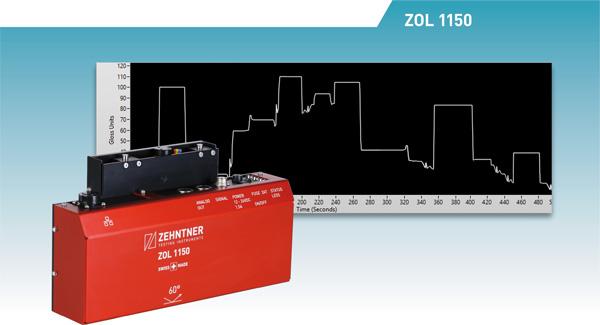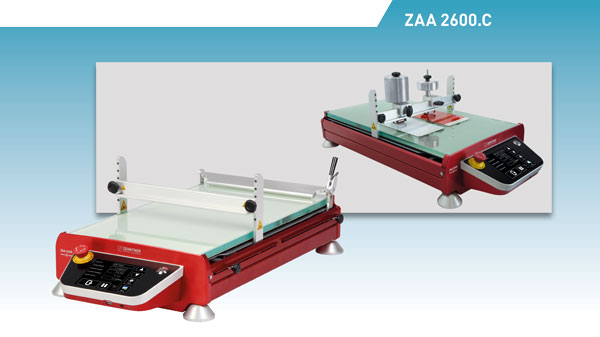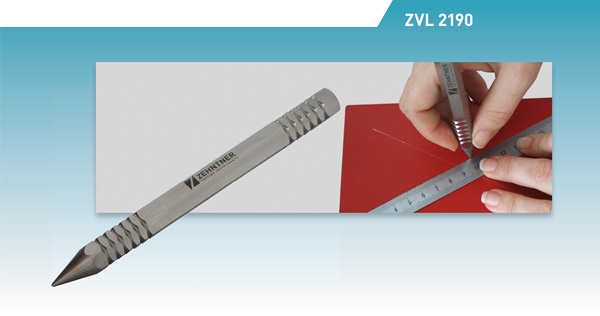Road authorities strive continuously to achieve and maintain a safe and efficient road network while on the other hand struggling with limited funds. Consistent quality control ensures that no money is wasted on underperformed construction work and thus increases road safety without putting additional strain on the budget.
Road markings are subject to wear and tear by traffic and environmental conditions. Hence, it is often difficult and time-consuming to monitor their quality and to analyze the cause of damage of road markings after application or before warranty expires. Therefore it is advisable to set up a consistent quality control straight from the beginning, starting right at the application process itself.
The following requirements should be checked and recorded during the application: Wet film thickness, amount and type of aggregates and reflective beads, temperature of material, the “no-pick-up time”, used material and type of road marking. Furthermore, the following questions should be addressed: if the used marking machine is in accordance with the specified requirements and if the weather conditions are adequate.
It is recommendable to conduct this inspection with both parties (principal and contractor) present. The contracting body should possess the necessary measuring and testing equipment, since contractors sometimes are not equipped with adequate instruments. In the case of disagreement over the results it might even be necessary to engage an independent accredited testing institute.
Some performance requirements such as the day and night visibility of road markings, the skid resistance and dry film thickness cannot be checked during the application. These parameters often have an initial performance requirement and a requirement for their functional life. This is the period during which the road marking fulfils all the performance requirements of the classes initially specified by the road authority for maintaining a safe road network. The length of the functional life depends on different factors among others the traffic density and external influences such as the use of snow plug and studded tyres in some countries.
In the interest of all these measurements should be carried out with only a minimum of traffic disturbance so that no danger areas occur, ideally without closing off the road.
Taking measurements in the flow of traffic bears always a safety hazard. The faster the job can be done, the less time needs to be spent on the road. Consequently, ultra-fast measurements of night and day visibility not only permit efficient procedures but also increase the safety of the operator. Measuring for safety does not have to be expensive. These basic needs can already be fulfilled with a budget priced retroreflectometer such as Zehntner’s ZRM 6006 Retroreflectometer RL/Qd. This unit gives reliable RL and Qd-values in only about 2 seconds and indicates the ambient temperature and relative humidity. Intentionally designed without options and accessories to keep it simple and inexpensive, the instrument focuses on the bare necessities that are needed for field work: precision, speed and sturdiness.
The ZRM 6006 is uniquely simple to use. Apart from the power switch there is only a large measuring button. The results are shown in large digits on the bright transflective display which is optimally legible under all lighting conditions. The extremely long battery life turns the ZRM 6006 into the ideal measuring partner for large contracts and field use.
Even higher requirements apply for wet road surfaces: a regular marking is often not enough in these situations to guarantee good visibility. If a marking is to be seen in all weather conditions, the use of special markings with enhanced visibility in wet conditions is recommended.
This can be achieved by special profiled markings which aid the draining of water. The profiles protrude from the waterline and remain visible. Another solution can be the use of reflective beads with different optical properties to achieve good visibility both in dry and wet conditions. Markings with increased wet performance are more costly so verification if the additional spent money gives the desired result is highly recommended.
The performance of the marking in wet conditions can be checked with a retroreflectometer, too: the road is sprinkled with water and the measurement can be taken after one minute. Innovative and comfortable handheld retroreflectometers offer the possibility of timed measurement, so the operator does not have to use a stopwatch for wet measurements.
Also other important properties of the marking and its surroundings can be measured with these retroreflectometer models: the road levelling is important for the draining properties of the marking and an integrated camera can take of the marking in the perspective of the measuring geometry, delivering valuable information on glass bead distribution, soiling, abrasion and other factors.
Besides the accuracy and easy to operation of handheld instruments, the most convenient option for longer distances such as highways are mobile measuring systems like the ZDR 6020 Dynamic retroreflectometer RL. While for handheld measurements roads sometimes have to be partly closed off to ensure the safety of road users and measuring personnel a dynamic system will drive in the flow of traffic without impeding other road users.
The ZDR 6020 addresses influences such as vehicle movement, changes in wind pressure and car load and measures with handheld precision at up to 120 km/h (74 mph). It is equipped with an intelligent operation system and easy on-site calibration. Just as with the handheld instruments, markings of all colours can be measured without recalibration.
The ZDR 6020 is widely used all over the world and has been installed on a multitude of standard vehicles as well as on existing custom-made road monitoring vehicles. Cleverly designed, the complete measuring equipment including a portable retroreflectometer can be stored tidily and compactly in the boot which saves space. So the vehicle can be used for other purposes as well, reducing the cost of operation.
Measuring values are recorded constantly and can be evaluated easily on a PC or laptop on a digital map or on a spreadsheet complete with a photographic record. Zehntner supplies the free versatile mapping and data analysis software “MappingTools” which makes administration and analysis of road marking measurements fast and simple. The measurements can be analysed according to user’s specifications and the results are displayed on a map. The markings can for example be depicted in different colours according to freely adjustable threshold values. These settings can be stored in individual profiles. Measuring reports can be generated as PDF or XLS files and the data can be exported to external GIS.
This area-wide analysis method offers the advantage of a great overview of the marking condition in larger areas and allows the systematic and intelligent application of maintenance management methods. Annual monitoring together with additional data such as traffic volume and accident site evaluations can be used for decision making in maintenance planning to increase safety and efficiency. The budget will only be used in areas where it is necessary and the quality of the marking – and with it also traffic safety – can be improved in the long run without spending more money.
A variety of retroreflectometers, from simple handhelds up to comfortable and far-reaching dynamic measuring systems are available from the Swiss manufacturer of precision instruments Zehntner GmbH Testing Instruments.





